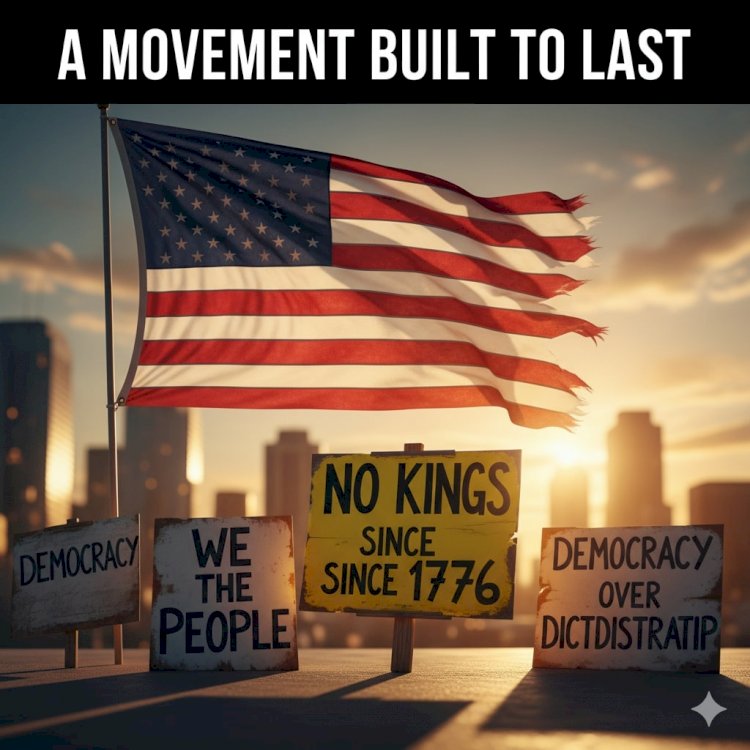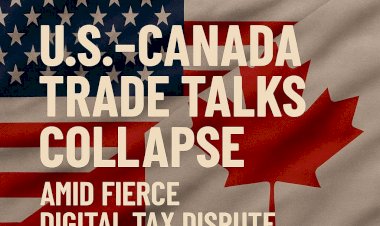A Movement Built to Last: 'No Kings' Protests Transition from Event to Enduring Opposition

ANALYSIS – The second massive wave of "No Kings" protests, which drew millions into the streets across thousands of locations this weekend, signals a significant evolution in the anti-administration movement. What began in June as a spontaneous, massive rejection of perceived authoritarian spectacle has solidified into a highly organized and strategically distributed force dedicated to long-term democratic resistance.
The protests, which explicitly use the phrase "No Kings" to challenge President Donald Trump's perceived disregard for constitutional checks and balances, have successfully achieved an unprecedented geographical reach. By organizing over 2,600 events in both large cities and small, Republican-leaning towns, the coalition has moved past the traditional model of concentrating dissent in a few urban centers. This dispersion proves that anxiety over the administration's actions—including the military deployments in cities and the ongoing federal government shutdown—is a genuine nationwide concern.
The Strategy of Scale and Scope
For organizers like Indivisible and the ACLU, the mobilization is not simply a day of venting frustration, but a strategic effort to meet political scientists' so-called "3.5 percent rule," which suggests that sustained nonviolent action involving this small portion of the population can reliably force fundamental political change.
By urging participants to wear "Resistance Yellow" for unity and hosting safety and de-escalation training, the movement emphasizes its core commitment to nonviolence, directly undercutting attempts by Republican leaders to dismiss the rallies as extremist or "Hate America" events.
A Test of American Norms
The enduring challenge of the "No Kings" movement is its attempt to reclaim the narrative of patriotism. Protesters, many waving American flags, argue that defending the republic from a "wannabe king" is the ultimate expression of civic duty.
Meanwhile, the political divide deepens. Senior Democrats have openly participated and voiced support, suggesting that the party views the movement as vital to galvanizing its base and defending institutional integrity. Conversely, the administration and its allies have used increasingly sharp rhetoric, attempting to link the entirely separate demonstrations to unrelated political violence and to blame them for prolonging the government shutdown.
As the second major rally concludes, the "No Kings" coalition has firmly established itself as the largest organized demonstration of opposition to the administration, transitioning from a single event into an enduring expression of democratic defiance. The next challenge for the movement will be converting this immense popular energy into concrete political outcomes.

 content-team
content-team 


















